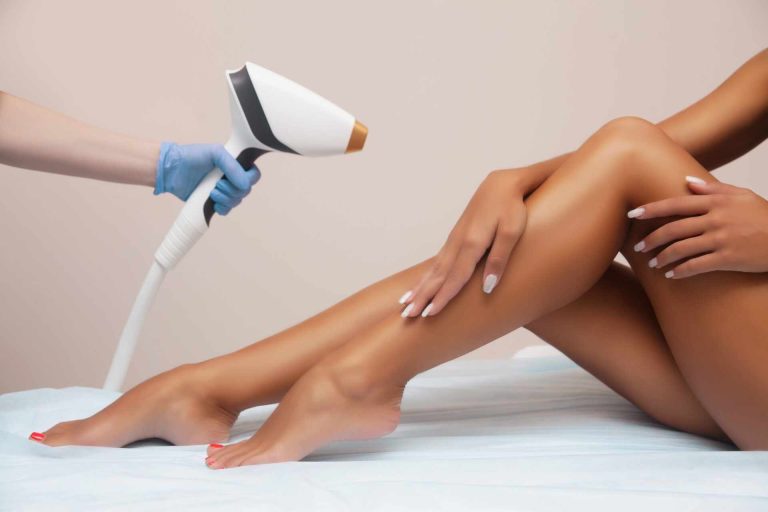The Comprehensive Guide to Laser Hair Removal: What You Need to Know
Laser hair removal has emerged as one of the most popular cosmetic procedures globally, offering a long-lasting solution to unwanted hair growth. Whether you’re looking to simplify your grooming routine, address persistent skin irritation from shaving, or enjoy the convenience of smooth skin, laser hair removal offers an effective and increasingly accessible option. This article provides an in-depth look at what laser hair removal entails, its benefits, risks, preparation, and aftercare, to help you decide if it’s right for you.
What is Laser Hair Removal?
Laser hair removal is a medical procedure that uses concentrated beams of light (lasers) to target hair follicles. The pigment (melanin) in the hair absorbs the light, which converts to heat and damages the follicle. This damage inhibits or delays future hair growth, resulting in smoother, hair-free skin over time.
Although the process significantly reduces hair growth, it is not always permanent. Most people require multiple sessions for optimal results, and periodic maintenance treatments may be necessary.
Benefits of Laser Hair Removal
- Long-lasting Results: Unlike shaving or waxing, laser hair removal provides longer-lasting results. Many individuals experience months or even years of hair-free skin.
- Precision: The laser targets only the hair follicle without damaging the surrounding skin, making it a safe option when performed by a trained professional.
- Efficiency: A single session can treat multiple hairs simultaneously, making the process quicker than other methods for larger areas like the back or legs.
- Reduced Ingrown Hairs: By eliminating hair at the root, laser treatments significantly reduce the occurrence of ingrown hairs and skin irritation.
Ideal Candidates for Laser Hair Removal
Laser hair removal works best for individuals with light skin and dark hair because the laser targets melanin. Advances in technology have made it possible for people with darker skin tones to benefit from the procedure as well, thanks to specialized lasers like the Nd:YAG laser. However, individuals with very light, gray, or red hair may not see effective results since these hair colors lack sufficient pigment to absorb the laser.
How to Prepare for a Laser Hair Removal Session
To maximize the effectiveness of the treatment and minimize risks, consider the following preparation steps:
- Avoid Sun Exposure: Stay out of the sun for at least two weeks before your appointment, as tanned skin increases the risk of burns or discoloration.
- Skip Other Hair Removal Methods: Avoid waxing, plucking, or epilating in the weeks leading up to treatment, as these remove the hair follicle, which is essential for laser targeting.
- Shave the Treatment Area: Shaving the area a day or two before the session ensures the laser focuses on the follicle rather than surface hair.
- Avoid Certain Products: Discontinue the use of retinoids, chemical exfoliants, or other potentially irritating products on the treatment area beforehand.
The Procedure
During the session, you will wear protective eyewear, and a cooling gel or device may be applied to protect your skin. The practitioner uses a handheld laser device to direct concentrated light into the hair follicles. You may feel mild discomfort, often described as a rubber band snapping against the skin, but most sessions are quick and relatively painless.
Treatment times vary depending on the area. Smaller zones, like the upper lip, can take just a few minutes, while larger areas, like the legs, may take up to an hour.
Aftercare and Recovery
Proper aftercare is essential to prevent complications and enhance the results of your laser treatment:
- Protect Your Skin: Avoid sun exposure and use a broad-spectrum sunscreen to protect the treated area for at least two weeks.
- Cool the Area: Apply a cold compress or soothing cream to alleviate redness or swelling.
- Avoid Heat: Skip hot showers, saunas, or strenuous exercise for 24-48 hours to minimize irritation.
- Exfoliate Gently: After a few days, gently exfoliate the area to help shed treated hairs that may be slowly pushed out by the follicles.
Potential Risks and Side Effects
Laser hair removal is generally safe, but as with any cosmetic procedure, there are potential side effects:
- Temporary Discomfort: Redness, swelling, or mild irritation in the treated area is common but typically subsides within a few hours.
- Pigment Changes: Hyperpigmentation (darkening) or hypopigmentation (lightening) of the skin may occur, especially in individuals with darker skin tones or those who do not follow aftercare guidelines.
- Rare Complications: In rare cases, blistering, scarring, or infections can occur, particularly if performed by an inexperienced technician.
Choosing a qualified and experienced provider significantly reduces the likelihood of adverse effects.
Costs and Accessibility
The cost of laser hair removal varies widely based on the size of the treatment area, the number of sessions needed, and the clinic’s location. Smaller areas like the chin or underarms may cost a few hundred dollars per session, while larger zones like the back or full legs can run upwards of $1,000 per session.
Many clinics offer packages that include multiple treatments, which can reduce the overall cost. It’s essential to weigh the upfront expense against the long-term savings compared to repeated waxing or shaving products.
Final Thoughts
Laser hair removal is a convenient and effective method for achieving smooth, hair-free skin. By understanding the process, preparing properly, and choosing a reputable provider, you can enjoy the many benefits this procedure offers. While it may require an initial investment of time and money, the long-term results and reduced hassle make laser hair removal a worthwhile option for many.
If you’re considering laser hair removal, schedule a consultation with a certified specialist to discuss your skin type, goals, and expectations. With the right approach, you can enjoy smoother skin and bid farewell to the routine of traditional hair removal methods.





